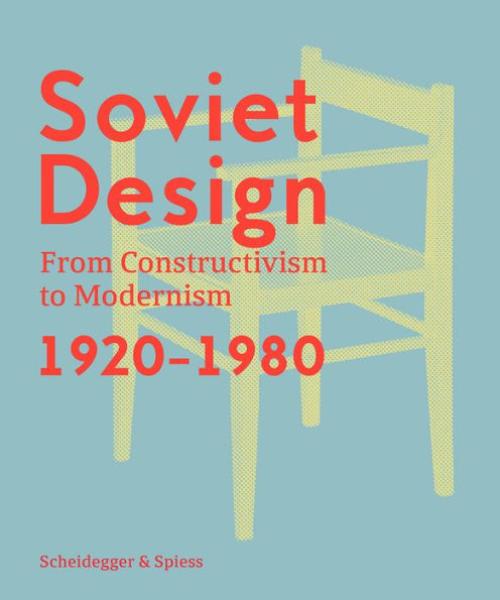Description
Based on extensive research and drawing on archives that were until recently inaccessible, Kristina Krasnyanskaya and Alexander Semenov document seven decades of interior design in the Soviet Union. They demonstrate that, while often discredited as monotonous, the work of designers, architects, and manufacturers behind the Iron Curtain in fact comprises a remarkable variety of original styles. The 1920s were marked by bold exploration and experimentation at state-run art and technical school Vkhutemas and by overlapping movements such as constructivism, rationalism, and suprematism. The 1930s brought Soviet art deco and Stalinist Empire style, which produced some of the Soviet Union's most iconic buildings. In the late 1950s, after Stalin's death, modernism emerged with functionalist furniture mass-produced to fit small apartments in housing developments. The 1960s marked the Golden Age of Soviet interior design, while most of the visionary work of a new generation of designers in the 1970s remained unrealized.
With more than three hundred color illustrations and a wealth of previously unpublished material, Soviet Design will become the definitive reference on the subject.
Kristina Krasnyanskaya is an art historian and founder of the Heritage Gallery in Moscow. She was curator of the 2015 exhibition Soviet Design: From Constructivism to Modernism, 1920s-1960s in collaboration with Moscow's Shchusev State Museum of Architecture in Moscow.
Alexander Semenov is an expert in Soviet design and a research associate at Saint-Petersburg Stieglitz State Academy of Art and Design.
"The sumptuous book's sketches and photos of objects and interiors, drawn from little-known archives, show how government-approved design parameters evolved."--Eve M. Kahn "The New York Times"
Product Details
- Scheidegger and Spiess Brand
- Jan 24, 2020 Pub Date:
- 3858818461 ISBN-10:
- 9783858818461 ISBN-13:
- 448 Pages
- 12.1 in * 10 in * 1.8 in Dimensions:
- 6 lb Weight:




